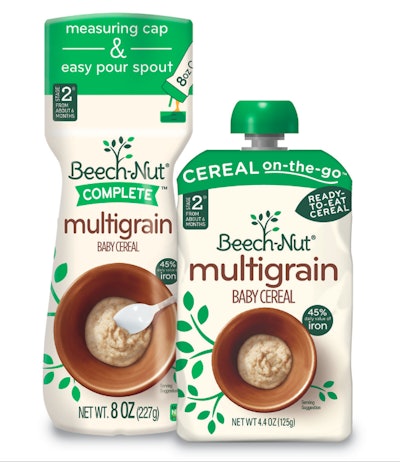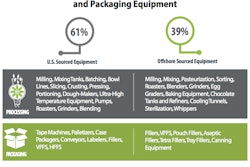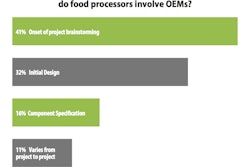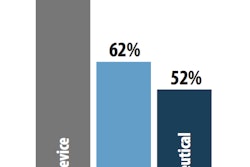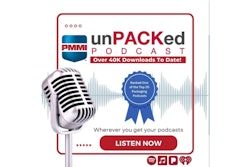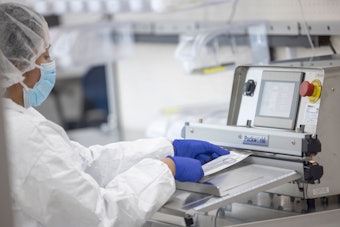Perhaps uniquely among end users, Beech-Nut Nutrition’s Chris Darling feels OEMs’ pain. During his years working for systems integrators, he’s seen up close what it’s like to be on your side of the aisle during the equipment sales process, and he’s empathetic to where you stand. That said, the director of engineering and maintenance at the Amsterdam, N.Y., baby food company has specific needs when working with OEMs. He prefers a machine/systems builder that’s willing to share ownership and work shoulder to shoulder as a partner on a project, which includes dealing with problems that arise.
Desire for this kind of collaboration stems from Darling’s background as a systems integrator. He brings a strong equipment systems background to his current role and has built a team around him with a similarly strong technical competency.
“The majority of the people on my team have come out of the integration world with me, so when we work with OEMs, we know what we want to accomplish, and we have a lot of our own expertise on the equipment side,” Darling says. “For many of the systems we install, we do our own line controls, safety systems, and so on. But we ask that OEMs have a similar broad set of skills.”
Moving from integration to end user, Darling has developed a holistic sense of system-building beyond the individual machines that make up the system. Those OEMs who know their own machines in depth, but are challenged to work in a systems approach, must present Beech-Nut with a positive working environment and the ability to learn. Darling is attracted to OEMs that have strong relationships with other OEMs, and strong technical expertise outside of their own area.
“Partners that I look for are not just experts in their area, but they are able to look upstream and downstream, and have already developed their own relationships. This way Beech-Nut isn’t challenged to forge all-new relationships,” Darling says. “This is important considering we are usually dealing with aggressive timelines for our projects. One example is when we moved into modified atmosphere. One of our existing OEM partners had a good relationship with someone in that field that we didn’t, and we were able to take advantage of that to move quickly.”
Value vs. cost
Darling’s team looks beyond just the price of the equipment.
“One of our biggest challenges is that a lot of OEMs are extremely cost-focused,” Darling says. “I get it, if you’re not the most competitive, you often don’t get the bid. In many transactions, the OEM and the CPG have competing objectives. I work very hard to break down those barriers first to get to the best quality and best technical solution. Then we can focus on understanding the cost structure so that we end up with a win/win for both organizations. When we cannot align on this type of approach this drives a real obstacle, a real pain point in getting the best solution and a long-term partnership.”
Beech-Nut’s technically savvy engineering team has built a partnership with the procurement department to make equipment buying decisions that will ultimately benefit the company over the long haul. This approach has afforded the company some great partnerships with equipment vendors.
“We do challenge on pricing, of course, and procurement can negotiate,” he admits, “But at the end, if it’s the solution we want, and it has tech requirements we need, then we work as a team to make it work for all parties. Procurement comes in to support us in engineering, and that’s not the case with every CPG. More importantly, I understand that the OEM has to make money and I want them to do well. After all, I need these partnerships for aftermarket service, support, training, spare parts, wear parts, the next system, etc. We aren’t looking for a one-sided or a one-and-done type of relationship.”
Shared ownership
As mentioned above, Darling tends to traffic in aggressive deadlines. He’s very upfront with OEMs that this is the environment they are committing to. Once an OEM has been chosen and accepts the terms including timelines and scope, Darling says Beech-Nut has an unusually evenhanded approach to the relationship.
“All of these projects have challenges, and this is why I focus so heavily on great partnerships and strong communication with the OEMs. When there is an issue, we look for an all-hands-on-deck shared approach. The OEM knows what they committed to upfront from technical, schedule, and cost standpoints. They have skin in the game. This style of working sets the expectations, so when an issue exists, we come together to address it quickly. The intention is for items not to be driven by emotion but to be driven by the partnership and ownership,” he says. “We hold the same standard internally, if we damage your equipment and we need your assistance to fix our mistake, then we own this and have to address it fairly with our partners. If I didn’t come from a line/systems integration background, I might not feel so passionately about this approach, but this is how we do it here and we have been successful.”
